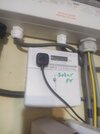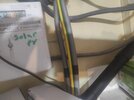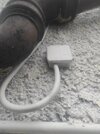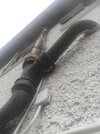I spent yesterday morning trying to rectify the issues created by some dumb arse “spark” who clearly has little idea about electrical installation, zones in bathrooms or the building regs
And obviously no testing, no certificate and no invoice
And obviously no testing, no certificate and no invoice
Last edited:







